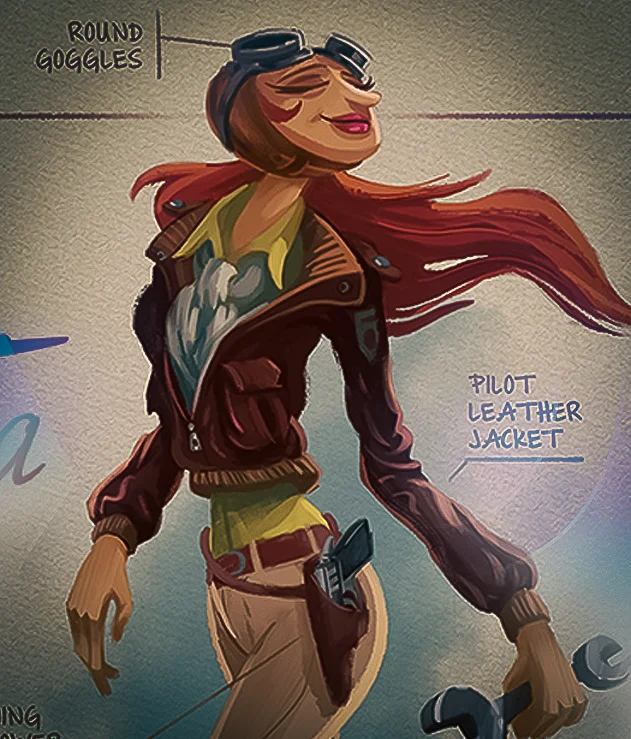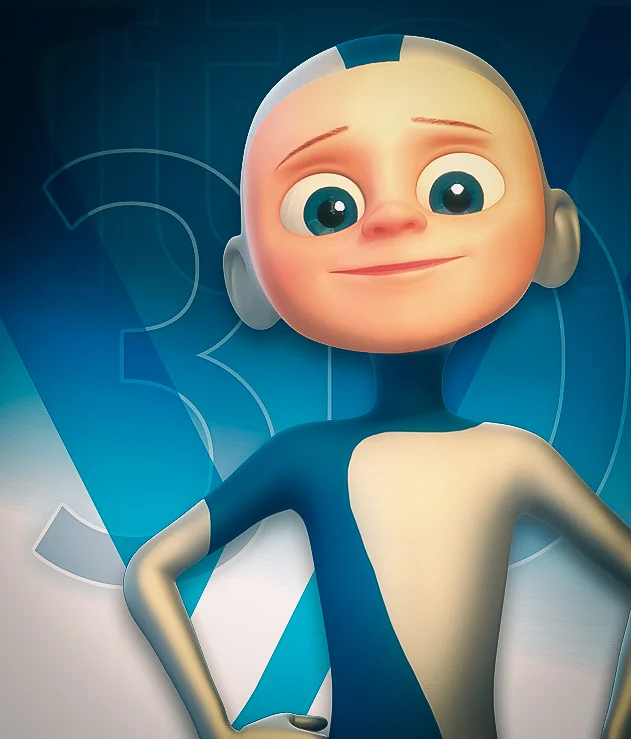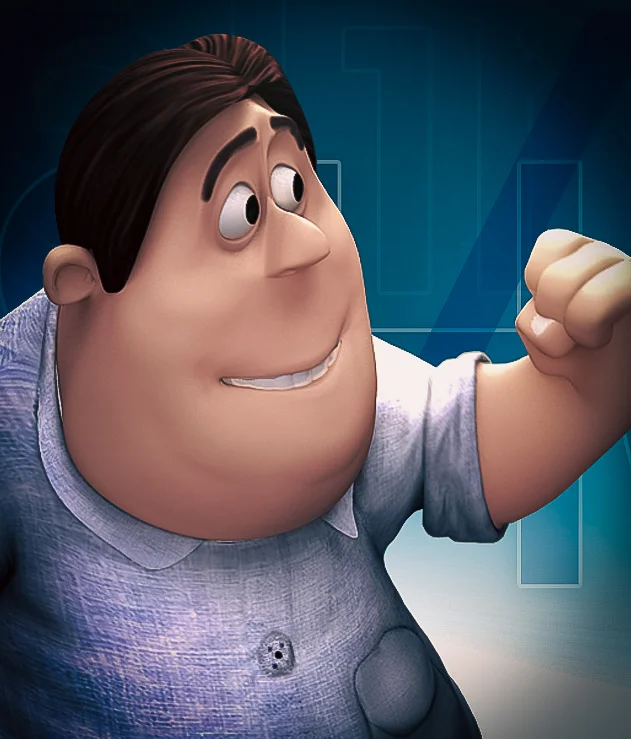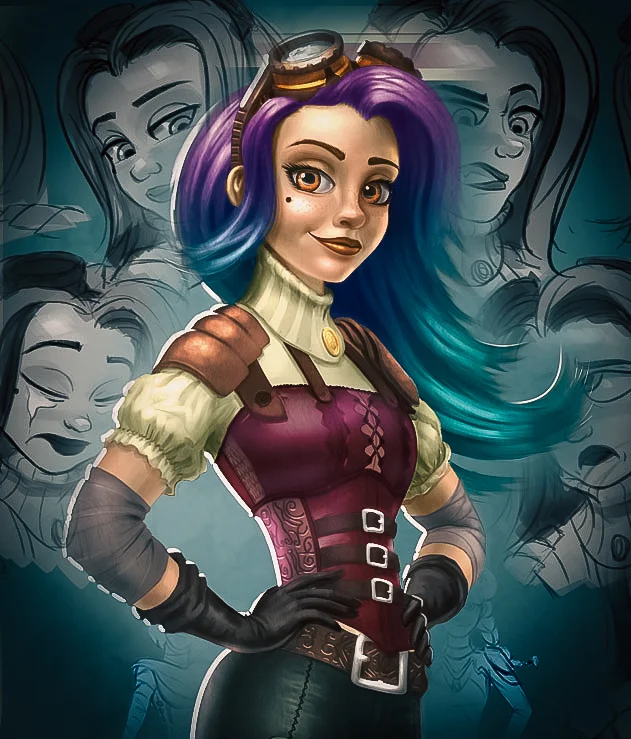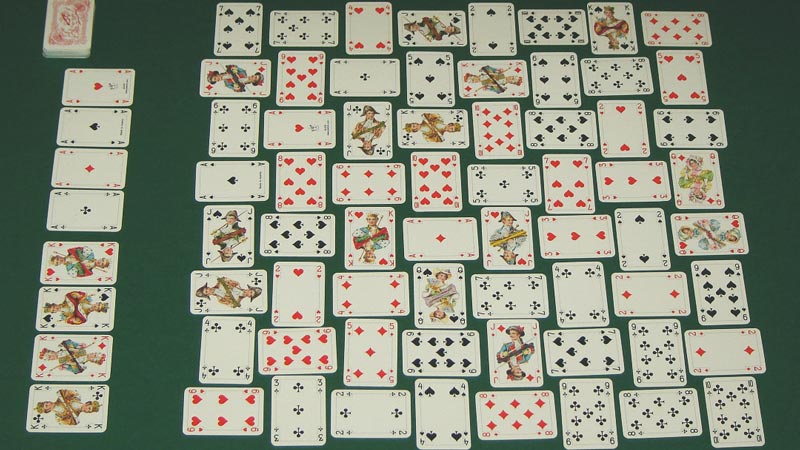 Image: Solitaire (Wikipedia)
Image: Solitaire (Wikipedia)
Author: VANAS Team
How Solitaire Connects to Animation Entertainment and Games
Table of Contents
- Why Solitaire Became So Popular
- The Mysterious Invention of Solitaire
- Lessons Game Designers and Animators Can Learn from Solitaire
- Is Solitaire Copyrighted?
- Can Anyone Create a Version of Solitaire?
- Hidden Connections Between Solitaire, Entertainment, Movies, and Games
- Frequently Asked Questions About Solitaire and Animation
Why Solitaire Became So Popular
Imagine you're sitting alone, maybe bored after school or during a rainy weekend. You open your computer or grab a deck of cards and start playing Solitaire. In a few moves, you're hooked. That's the magic of Solitaire—it's simple, yet oddly addicting.
Solitaire became wildly popular because it requires very little: just a deck of cards, a little patience, and a sprinkle of strategy. When Microsoft added it to Windows 3.0 in 1990, it wasn’t just for fun. It was actually meant to help people learn how to use a mouse! Crazy, right?
Today, millions of people know Solitaire, even if they’ve never played a “real” card game with friends. Solitaire teaches patience, planning, and problem-solving, which are also critical skills for those studying Animation or game design. That's another reason why at VANAS Online Animation School, students in Animation, Visual Effects, and Video Game programs learn to combine creativity with logical thinking.
The Mysterious Invention of Solitaire
Who invented Solitaire? Honestly, no one knows for sure. Some say it started in Germany or Scandinavia during the late 1700s. Others claim it evolved in France. One theory even says it was created by French prisoners during the French Revolution to pass the time.
What’s really cool is how Solitaire spread around the world. In the 19th century, it appeared in books, becoming known as "patience" in England and "solitaire" in the United States. Much like the art of Animation, Solitaire crossed borders, adapted to new cultures, and evolved through creativity.
In a way, Animation has a similar story. It began with simple flipbooks and hand-drawn frames but has now expanded into complex, digital universes. At VANAS Online Animation School, students learn how today's Animation borrows from centuries of storytelling traditions.
Lessons Game Designers and Animators Can Learn from Solitaire
You might be thinking, "Okay, Solitaire is fun, but what does it have to do with Animation or making video games?" A lot, actually.
Here are some powerful lessons:
- Simple is Powerful: Solitaire’s simple rules make it easy to learn but hard to master. In Animation and games, sometimes the simplest stories or mechanics are the ones that stick with people forever. Think about "Flappy Bird" or the short Pixar film "For the Birds."
- Reward Progress: In Solitaire, each move feels like progress. Good Animation and game design reward the audience or players for their engagement, keeping them emotionally invested.
- Solo Experience: Solitaire taught designers how important it is to build an experience for just one person. In games and in Animation, personal connections matter. Whether it's a player defeating a level alone or a viewer crying at the end of a movie, personal emotions create unforgettable experiences.
As an Animation student, understanding this emotional journey is key to creating powerful stories—and that's something students master at VANAS Online Animation School, where Animation, Visual Effects, and Video Game programs focus on human connection.
Is Solitaire Copyrighted?
Here’s an interesting fact: Solitaire itself—the classic card game—isn't copyrighted. It's considered public domain because it’s so old.
However, specific versions of Solitaire can be copyrighted. If a company designs a new way of presenting the game (new rules, fancy graphics, new storytelling), that specific creation can be protected.
This is very similar to Animation. You can't copyright the idea of a talking dog, but if you create a unique talking dog named "Sir Barkington" who wears a tuxedo and solves mysteries, then that specific creation is yours.
Understanding the line between ideas and creative works is super important for anyone entering the Animation and gaming world, which is why VANAS Online Animation School teaches students about creativity and copyright in their Animation, Visual Effects, and Video Game programs.
Can Anyone Create a Version of Solitaire?
Absolutely! You could create your own version of Solitaire today if you wanted.
But, remember:
- You must add a unique twist if you plan to sell it commercially.
- You should make sure your graphics, story, or user interface don’t copy someone else’s protected version.
- Your version could even be animated! Imagine a Solitaire game where every card move triggers a tiny animation—like a jack jumping over a queen or an ace soaring into the sky.
That’s one of the coolest things about studying Animation: you get to bring even simple things like a card game to life.
And if you’re thinking about bringing new games to life, remember that VANAS Online Animation School can help you master the skills you need through their Animation, Visual Effects, and Video Game programs. Check it out at https://www.vanas.ca.
Hidden Connections Between Solitaire, Entertainment, Movies, and Games
Solitaire and Animation? Seems like a weird combo at first, but they actually share a lot of DNA.
Here’s how:
- Patience Pays Off: Animators and Solitaire players both know it takes time and attention to detail to get the best results.
- Small Actions, Big Impact: Every card move in Solitaire can change the whole game, just like every frame in Animation can transform the entire story.
- Design Matters: Solitaire wouldn’t be half as fun without its classic design and clean visuals. Similarly, good Animation and game design rely on thoughtful visuals that create mood and emotion.
Even movies sometimes use the concept of a "solo journey," which is what Solitaire represents—a single player overcoming obstacles. Films like Castaway or The Martian focus on one character facing challenges alone, much like a player battling a stubborn Solitaire board.
And speaking of movies, games, and Animation—there’s no better time to launch your career in Animation, Visual Effects, or Video Games than now. VANAS Online Animation School offers top programs to help you turn your passion into a profession. Visit https://www.vanas.ca to get started.
Frequently Asked Questions About Solitaire and Animation
How did Solitaire help teach technology skills?
- Solitaire helped early computer users get comfortable with using a mouse, dragging, and clicking—all key tech skills. Animation programs today are designed to be just as intuitive and engaging.
Why is Solitaire still relevant today?
- Despite new games with crazy graphics, Solitaire's simple rules and addictive gameplay show that good design lasts. The same is true for great Animation.
Is Solitaire just a "time waster"?
- Not really! It trains problem-solving, patience, and strategy—skills that are super important in Animation, game design, and real life.
Can Solitaire inspire new video games or animated movies?
- Yes! Its themes of patience, solo adventure, and strategy can inspire entire storylines for games, short films, or even major Animation projects.
What skills do you need to create a Solitaire-style game?
- You'd need storytelling skills, creativity, knowledge of computer graphics, and basic coding. At VANAS Online Animation School, you can learn these skills in Animation, Visual Effects, and Video Game programs.
Solitaire may look like just a simple card game, but it carries deep lessons for anyone interested in Animation, entertainment, or storytelling. Simple things can have lasting power, and mastering the basics can lead to incredible creativity.

